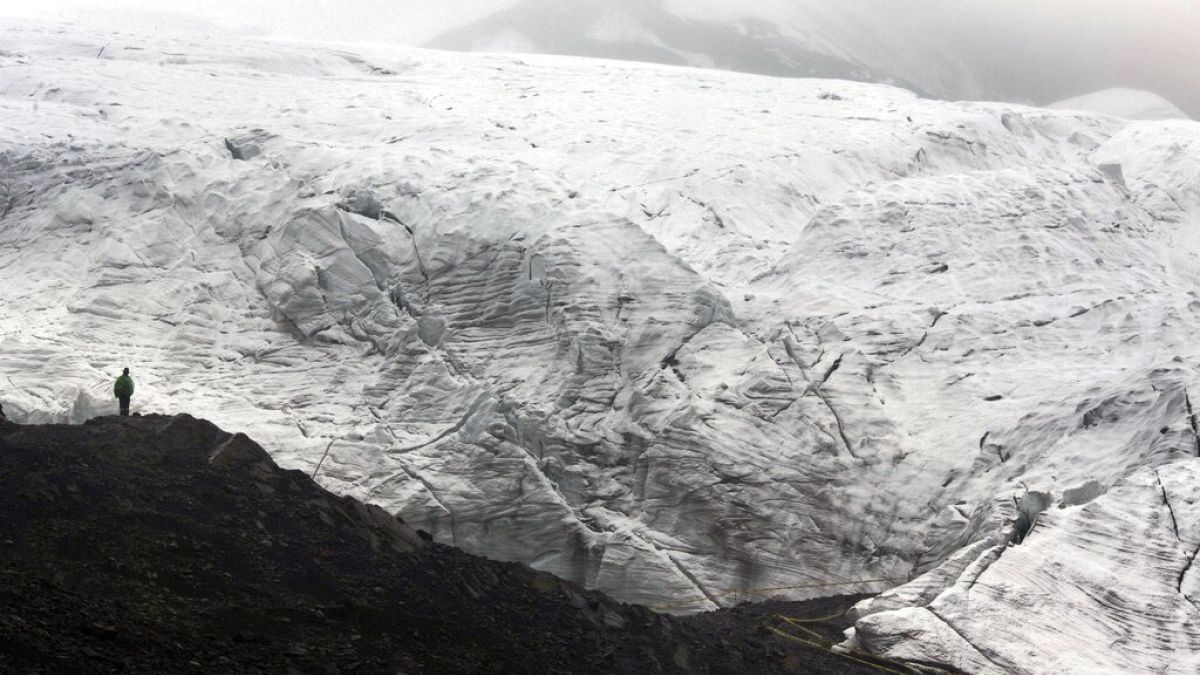Glaciers in Salzburg, Austria are facing a grave threat as they are rapidly shrinking, losing mass and height due to climate change. According to researcher Bernhard Zagel, these glaciers may disappear within the next 10 to 15 years. Some areas have already lost half of their ice in the past 25 years, highlighting the urgent need to address this issue.
Researchers and hydrologists are currently surveying the glaciers in Salzburg to gather data and measurement results. While detailed information is not yet available, it is evident that the glaciers have once again lost mass and size this year. Zagel describes the loss of mass, noting that with eight to nine hours of sunshine, the glaciers lose approximately ten centimeters in height annually. To counter this loss, it would require ten meters of fresh snow turning into ice, emphasizing the significant impact of climate change on these glaciers.
Despite heavy snowfall in the Austrian Tauern mountains until spring and early summer, the glaciers have not been adequately protected. Zagel emphasizes the rapid melting at altitudes such as 3000 meters, attributing it to the greenhouse effect. He points out the substantial changes in the Stubacher Sonnblickkees glacier at 2,700 meters, which has lost 45 million cubic meters of ice in the past 25 years, equivalent to half of its mass. Based on current projections, researchers believe that within the next ten years, glaciers in the area may disappear entirely.
Zagel expresses concern about the future of glaciers in Salzburg, warning that within the next decade, they may no longer be visible. While small patches of ice may remain, the overall geometry of the glaciers suggests that they will become increasingly scarce in the next 10 to 15 years. The dramatic decrease in ice mass and size highlights the grave consequences of climate change on these glaciers, calling for urgent action to address this pressing issue.
The rapid disappearance of glaciers in Salzburg is a concerning development with far-reaching implications. As these natural wonders vanish, the local ecosystem, water supply, and biodiversity are at risk. The loss of glaciers can lead to water shortages, altered weather patterns, and the disruption of ecosystems that rely on glacier-fed rivers and lakes. It is crucial for policymakers, scientists, and communities to come together to mitigate the effects of climate change and protect these vital natural resources for future generations.
In conclusion, the accelerated melting of glaciers in Salzburg, Austria, is a stark reminder of the impact of climate change on our planet. The warnings from researchers like Bernhard Zagel underscore the urgency of taking action to address this crisis. The disappearance of glaciers within the next decade poses a significant threat to the local environment and highlights the need for sustainable practices to preserve these glaciers for future generations. It is essential for individuals, communities, and policymakers to work together towards reducing greenhouse gas emissions and protecting our planet’s fragile ecosystems. Only through collective efforts can we hope to safeguard the remaining glaciers in Salzburg and beyond.










